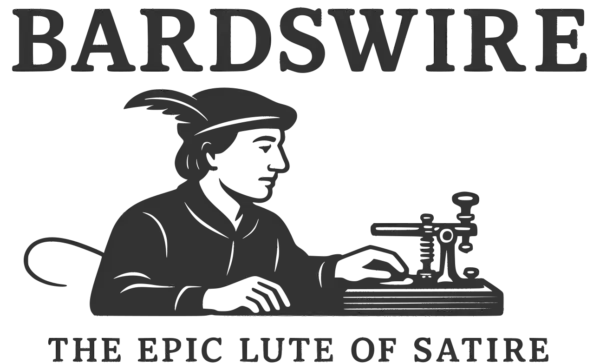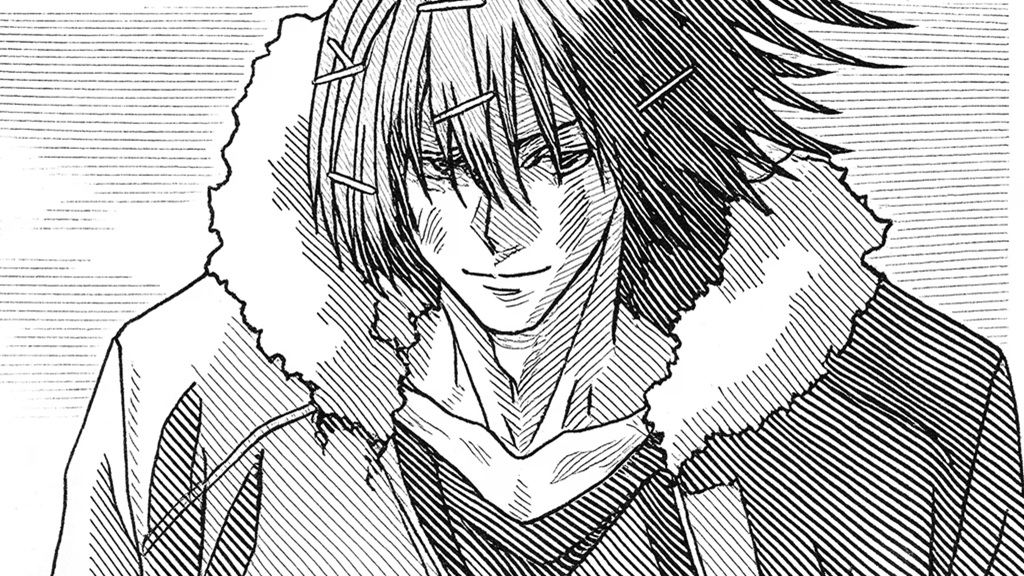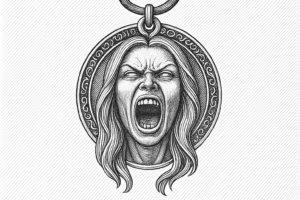Tell me if this sounds familiar: you’re chilling in front of your favorite anime, watching the hero duke it out with the villain du jour. Fists are flying, kicks are kicking, and energy blasts are blasting. Everything is unfolding as it should when, suddenly, one of the participants decides that now would be the perfect time to pause for a 10-minute therapy session.
Usually instigated by whoever is losing, these pointless narrative detours usually come in the form of long, drawn-out flashbacks used to artificially inject dramatic tension into whatever scene they’re interrupting. Anyone who watches anime is familiar with them. They’re everywhere, unavoidable, and have ruined more fights than responsible parenting.
For years, I’ve tolerated them, grumbling under my breath every time one of them would inevitably rear its ugly head. Then, last week, I finally reached my breaking point. It happened while I was watching episode 15 of Sakamoto Days. In this episode, Sakamoto was taking on a brooding edgelord named Apart on top of the Tokyo Tower.
The fight started off by following the usual beats; Apart opened with a dramatic attack but quickly got checked by Sakamoto. He then adjusted his tactics in an effort to regain the upper hand, only for the protagonist to unlock his full potential and overpower him once again. Sensing the momentum shift against him, Apart pulls the only weapon left in his arsenal: a lengthy, tear-soaked retrospective on his childhood traumas.
I let out a deep, drawn-out sigh, resigning myself to yet another mid-fight sob story when, suddenly, the piercing clarity of Randy Jackson’s immortal words rang out in my head: “That’s a no for me, dawg.” So I calmly paused the episode, backed out to the main menu, and dropped the series altogether.
And just like that, I was done. Done with lazy and formulaic writing. Done with minor characters wasting my time with corny backstories. Done with silly-ass flashbacks that try to cast inconsequential characters as sympathetic figures. I was done with all of it.
So what was it about this particular one that broke the camel’s back? Maybe it was the ridiculous attempt by the writers to launch a redemption arc for a character in the middle of staging a mass casualty. Or maybe it was the contrived nature of the flashback itself, where Apart bemoans his inability to create meaningful connections with others. Poor guy… if only he could use his strings to connect with them instead of dismantling them like Ikea furniture.
But mainly, it’s because I expected the writers to treat Apart like what he is: thin, flat, and disposable—toilet paper. Instead, they tried to turn him into a tragic figure. He is not. He is a card in a Rolodex, a row on an Excel sheet. His role is to challenge the hero, up to a point, get smashed, and eat a bunch of shit. He’s here to take the 10X kamehameha to the face and get flushed out of the story. That’s it. Just a blank piece of tissue paper upon which we paint a masterpiece of violence. Nothing more.
Now, I know what you’re going to say: “but Adrian, not all flashbacks are bad. Some can actually be quite effective narrative tools.” And that’s true. I’ll sit through an Itachi Uchiha flashback any day of the week, as I know it’s going to be additive to the story and provide useful context behind characters’ motivations. But I won’t sit through another whining session from a disposable mofo like Apart. I just won’t.
As an audience, we have to start setting some boundaries around what we’re willing to tolerate. Today I set mine. You’re asking for my time? Then please respect it. Stop copying and pasting the same character arcs or employing the same narrative tricks we’ve seen a million times. You work in a creative field, so go ahead and create, or better yet, innovate. You want to write a compelling character? Build him like a croissant: slowly, carefully, with layers. Don’t slap butter on a square of Charmin and shove it in my mouth. I know the difference.
Going forward, I’ll reserve my time for writers who can make that distinction too. This may drastically shrink my watchlist, but maybe that’s a good thing. There’s too much slop in the industry, and my palate needs a break from the endless rolls of buttered-ass paper I’m being fed.
So for now, it’s farewell to Sakamot Days and all the other anime of that ilk. I leave you to your mediocrity. Have fun playing with your little strings, because you’re done pulling on mine.

Sandfall Interactive Acknowledges Lack of Diversity in Clair Obscur, Introduces New Villain “Renoi”



